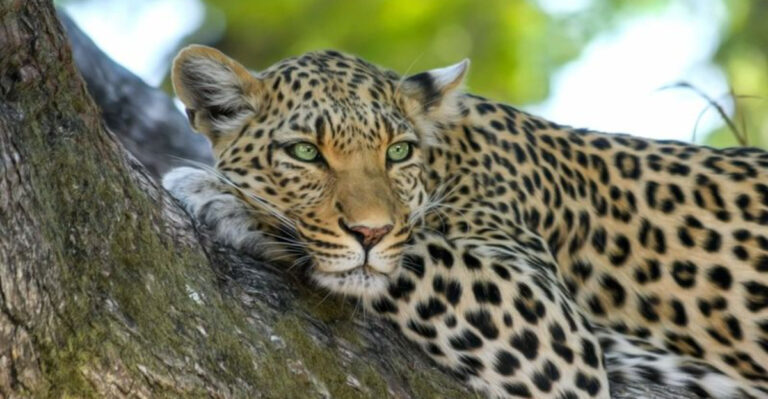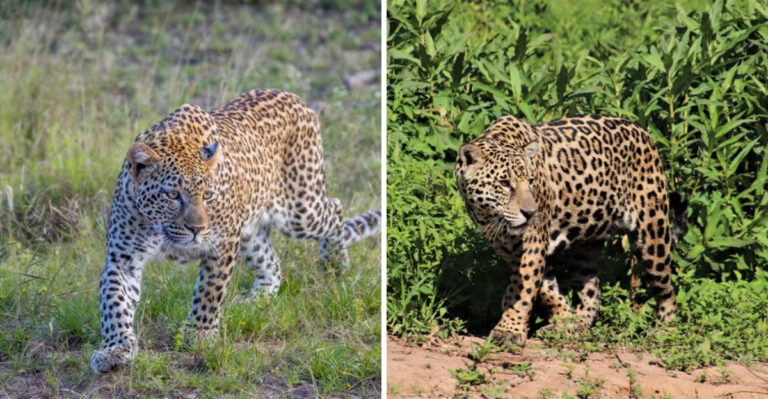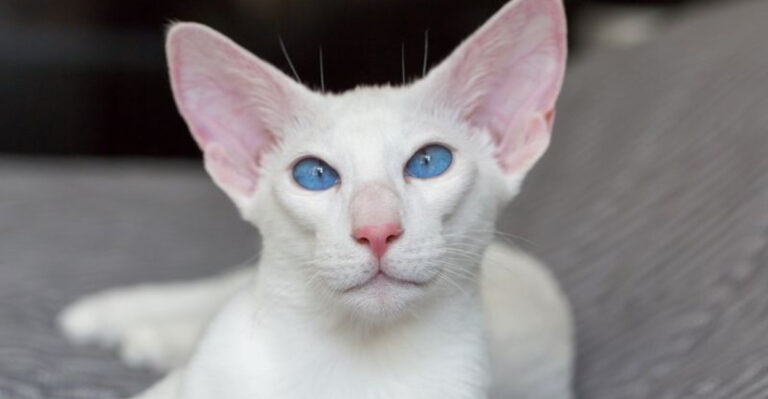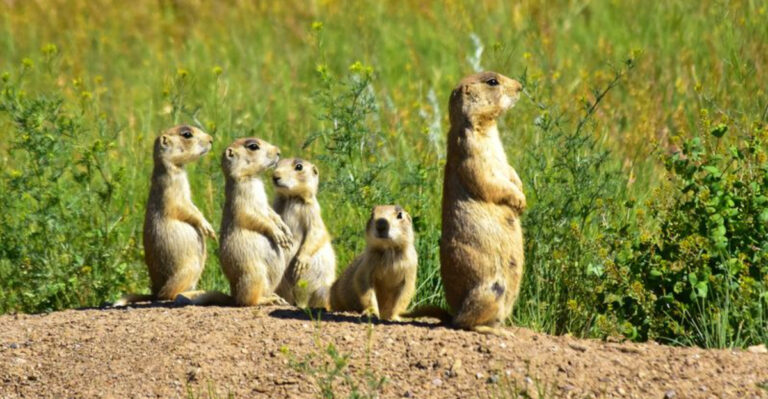The 16 Most Incredible Animals Of The Tundra
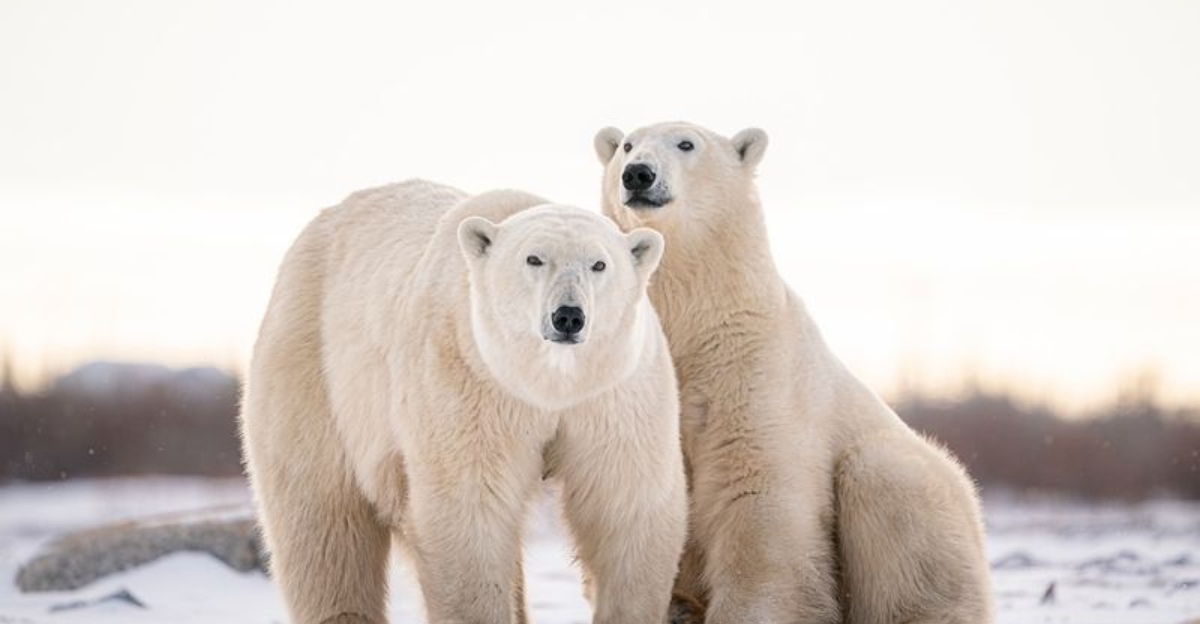
The tundra is a land of extreme conditions, where only the toughest animals survive.
With its freezing temperatures and short growing seasons, this ecosystem is home to creatures that have adapted in incredible ways.
In this post, we’re diving into the top tundra animals and their cool survival tricks! Get ready for a peek into the resilient world of nature’s toughest creatures.
1. Spectacled Eider
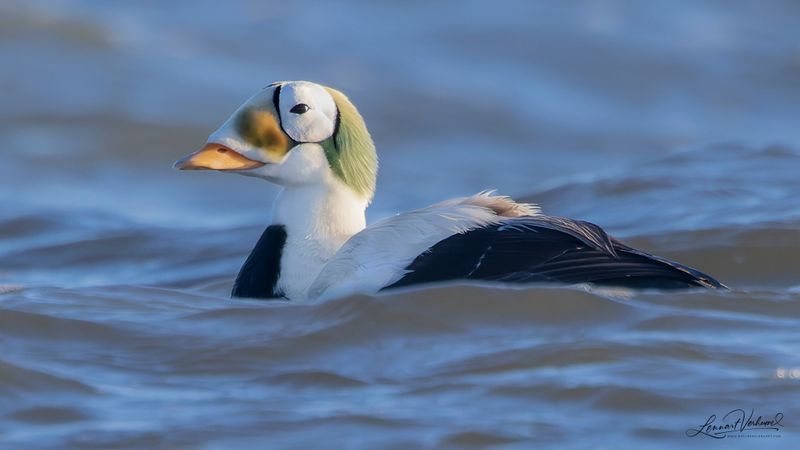
The Spectacled Eider is a striking sea duck known for the unique white ‘spectacles’ around its eyes. It breeds along the tundra’s coastal regions, often forming large flocks.
In winter, it migrates to the open sea, where it dives for mollusks in frigid waters. Its thick, insulating feathers provide protection from the harsh cold.
This duck’s ability to thrive in such extreme conditions is a testament to the incredible adaptations of tundra wildlife.
2. Tundra Swan
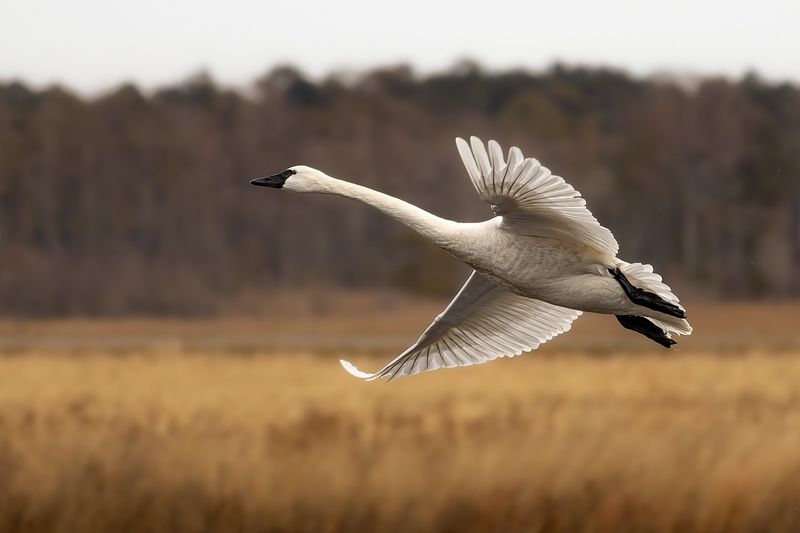
The tundra swan is the epitome of grace in the Arctic, migrating thousands of kilometers to breed during the summer.
They build large nests near ponds and lakes, where they raise their young.
These birds feed on aquatic plants and invertebrates found in shallow waters. When flying, they form a distinctive V-formation and are known for their melodic calls.
3. Rock Ptarmigan
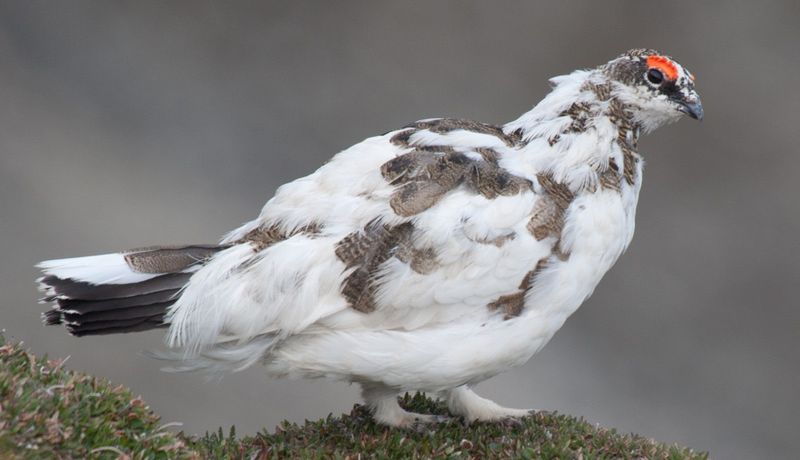
The Rock Ptarmigan is a master of camouflage, changing its feathers with the seasons. In winter, it blends into the snow with white feathers, while in summer, it turns brown to match the rocky landscape.
This ground-dwelling bird eats seeds, berries, and leaves, and its feathered feet act like snowshoes, helping it walk on snow.
Ptarmigans are social and often travel in flocks for added protection from predators.
4. Snowy Owl
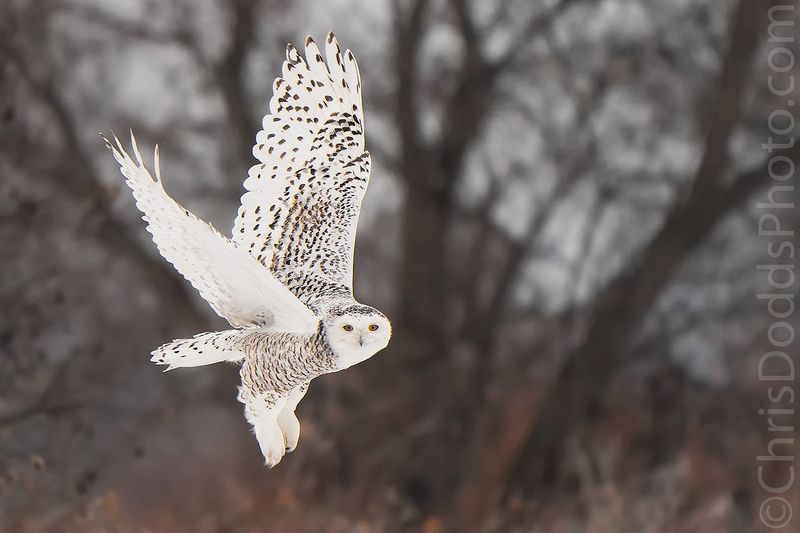
The snowy owl is a stunning predator with amazing hunting skills, camouflaged perfectly in the snow.
Its white feathers and striking markings make it stand out in the Arctic landscape.
With sharp eyesight and hearing, it detects prey like lemmings beneath the snow. These owls help control rodent populations, making them key players in the tundra ecosystem.
Snowy owls are nomadic and nest on the ground during breeding season, fiercely protecting their turf. They’re a true symbol of Arctic resilience and beauty!
5. Caribou
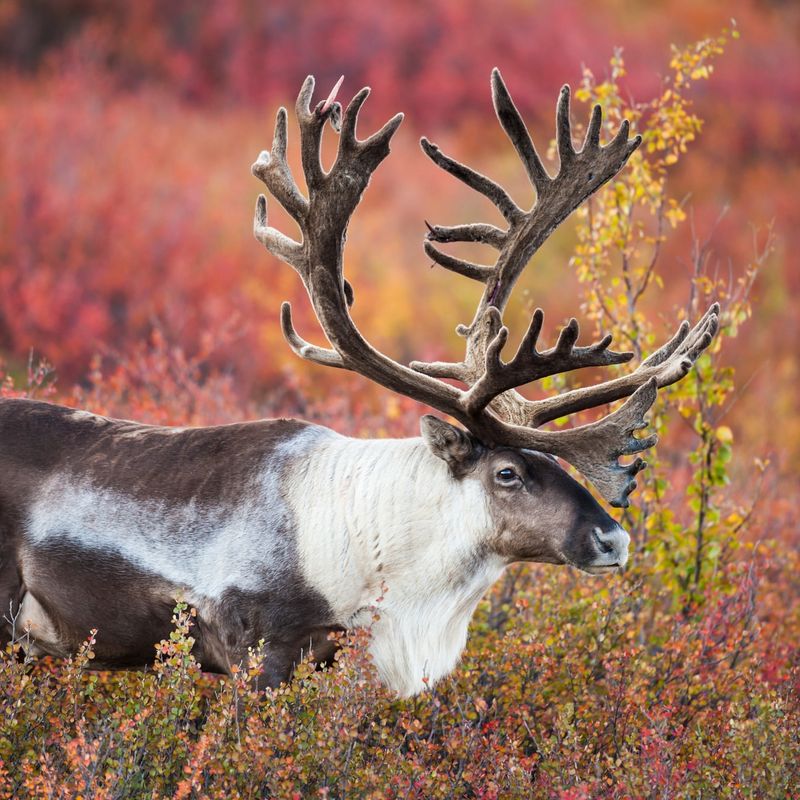
Caribou, or reindeer, are the true adventurers of the tundra, known for their epic migrations.
They travel thousands of kilometers, making them one of the longest-migrating land mammals.
Both males and females grow antlers, with males shedding theirs after the rut and females keeping theirs through winter.
They dig through the snow with their hooves to feed on lichens, adapting perfectly to the tundra.
6. Arctic Fox
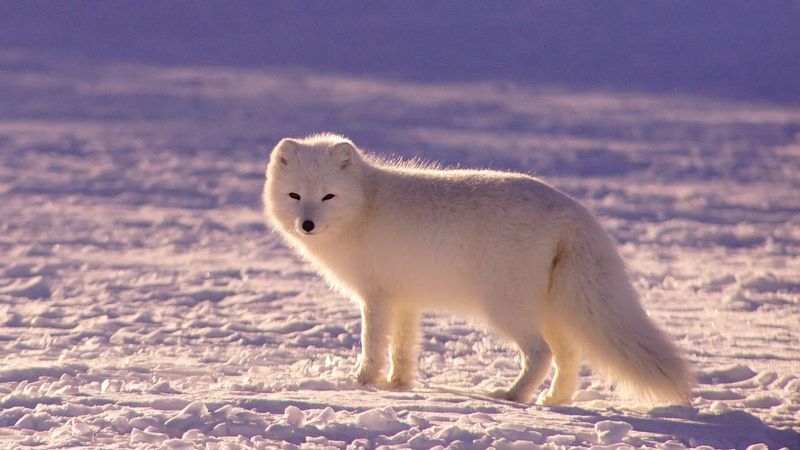
The arctic fox is a true survivor, perfectly adapted to the harsh tundra climate.
Its white winter coat provides both insulation and camouflage, while its compact body helps conserve heat.
In summer, the fox’s coat changes to brown or grey, blending with the landscape. These opportunistic feeders enjoy a varied diet of small mammals, birds, and carrion.
They live in family groups, digging burrows for shelter and raising young.
These burrows, sometimes passed down through generations, offer protection from predators and extreme weather.
7. Beluga Whale
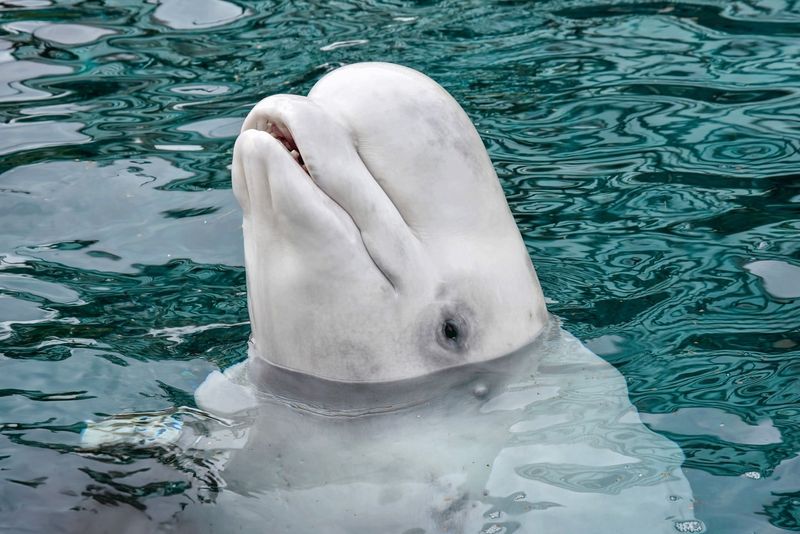
Beluga whales, often called the “canaries of the sea,” are known for their vocal nature and frequent the coastal tundra regions during summer.
Their white coloration helps them blend in with the polar waters, keeping them safe from predators like orcas.
Unlike many other whales, belugas have flexible necks that allow them to move their heads freely, making it easier to navigate through ice.
They are social animals, often seen in pods, interacting and playing together.
Their diet includes fish, crustaceans, and worms, which are abundant in the Arctic waters.
8. Arctic Hare
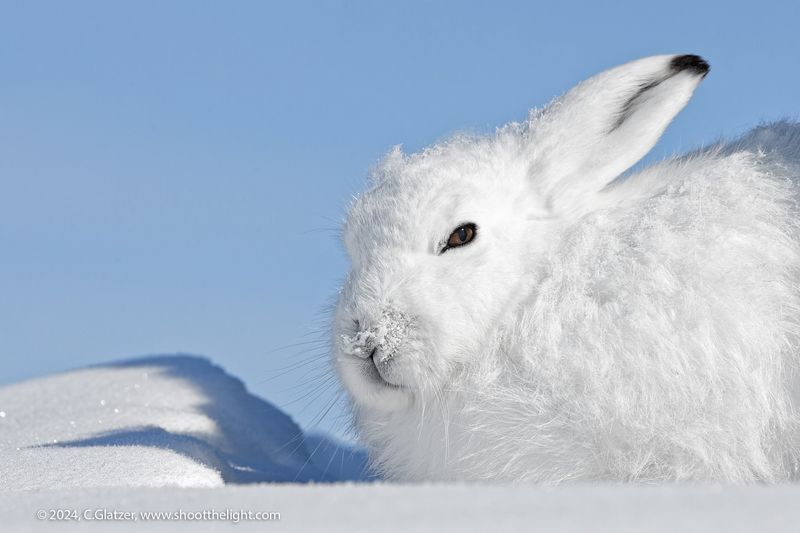
The arctic hare is a true master of adaptation in the tundra. Its thick white fur keeps it warm and camouflaged during the winter months.
In summer, its coat turns grey-brown, blending perfectly with the rocky terrain. Its long ears help regulate body temperature, crucial for surviving the extreme climate.
Solitary by nature, the arctic hare uses its speed and agility to escape predators. It feeds on woody plants, mosses, and berries during the short Arctic summer.
9. Arctic Ground Squirrel
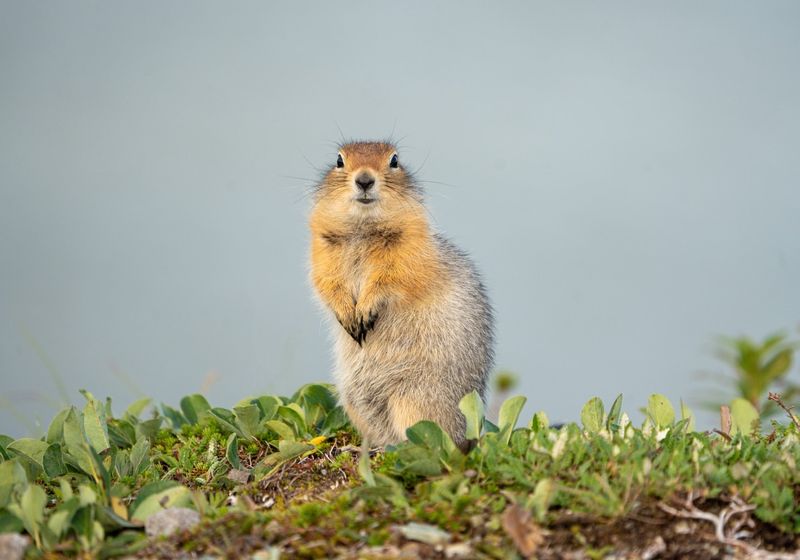
The arctic ground squirrel is one of the few hibernating mammals in the tundra, a true survivor of extreme conditions.
Spending nearly eight months in hibernation, this strategy helps them endure the cold and food scarcity.
Before hibernating, they gather body fat, foraging on seeds, berries, and insects during the summer to build reserves. ć
Their burrows offer protection from predators and harsh weather, making them well-suited for the tundra environment.
10. Polar Bear
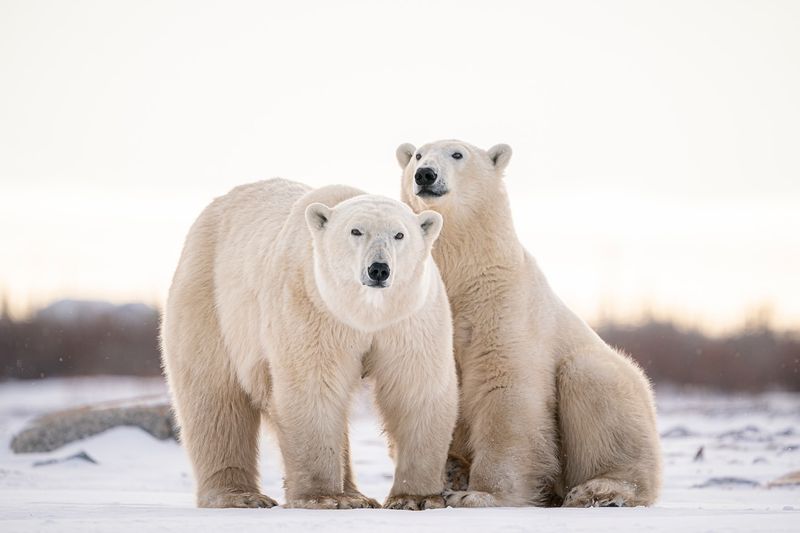
The polar bear is one of the most iconic predators of the tundra, built for survival in freezing conditions.
Its thick fur and blubber keep it warm, while its sharp sense of smell helps locate prey.
Polar bears swim long distances to hunt seals, using sea ice as their hunting platform. They are solitary animals, except during breeding season when they come together.
Cubs are born in winter dens and stay with their mothers for up to two years, learning crucial survival skills.
11. Lemming
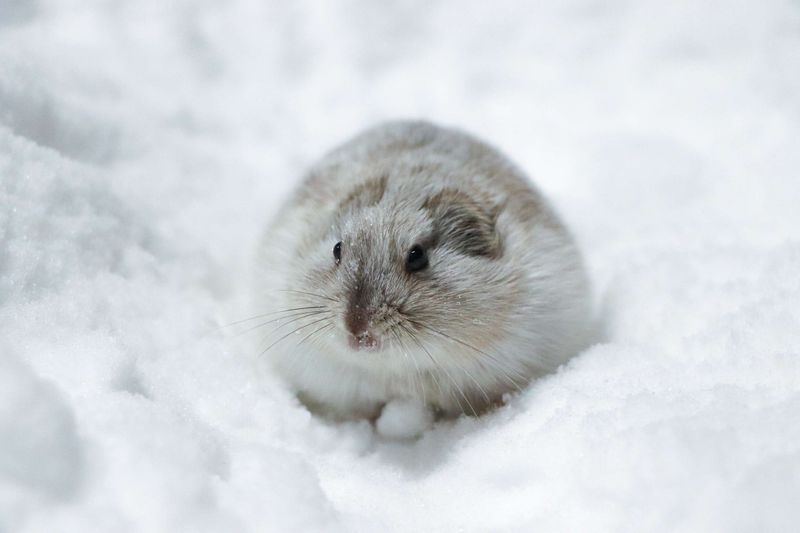
Lemmings are small but essential to the tundra ecosystem. Their rapid reproductive rates make them a key food source for predators like the snowy owl and arctic fox.
They live in burrows beneath the snow, where they find food and shelter from predators.
These tunnels create a network that offers protection and helps them survive the harsh cold.
Despite myths, lemmings don’t commit mass suicide; their populations fluctuate, leading to occasional migrations.
12. Arctic Tern
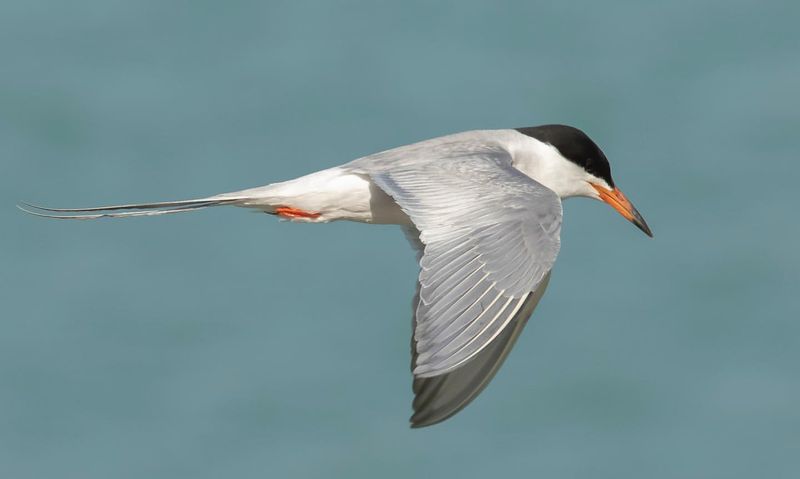
The arctic tern is famous for its incredible migratory journey, traveling from pole to pole each year, covering more distance than any other bird.
In summer, they return to the Arctic tundra to breed, laying eggs on the ground in colonies where visibility helps protect them from predators.
These terns feed on fish and small marine invertebrates, diving skillfully to catch their prey. Their sharp eyesight helps them spot food both above and below the water.
The arctic tern’s migration highlights the interconnectedness of global ecosystems. Their presence in the tundra underscores the region’s importance for migratory birds.
13. Musk Ox
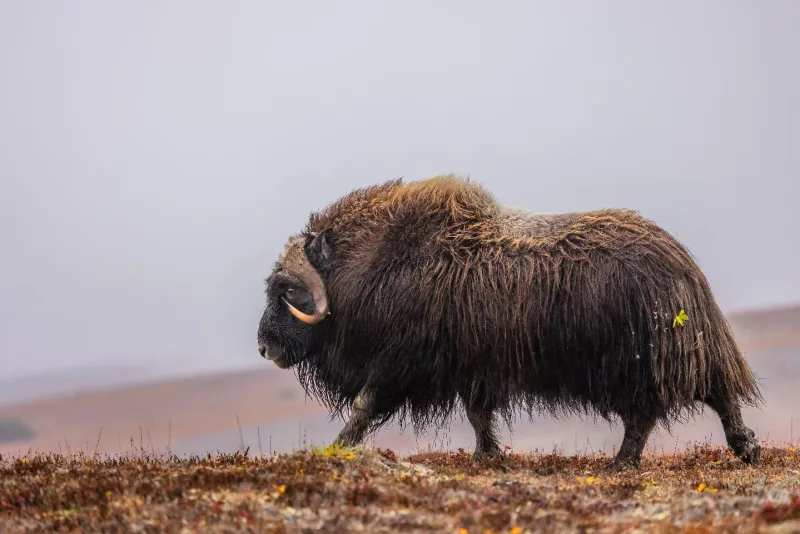
The musk ox is a true symbol of resilience in the tundra. Its long, shaggy coat helps it survive the coldest temperatures.
These hardy creatures travel in herds, offering protection and warmth during harsh winters.
When threatened, they form a circle around their young to defend against predators.
Musk oxen eat grasses, mosses, and lichens, using their hooves to dig through the snow. In summer, they also feed on willows and other tundra plants.
14. Yukon Wolf
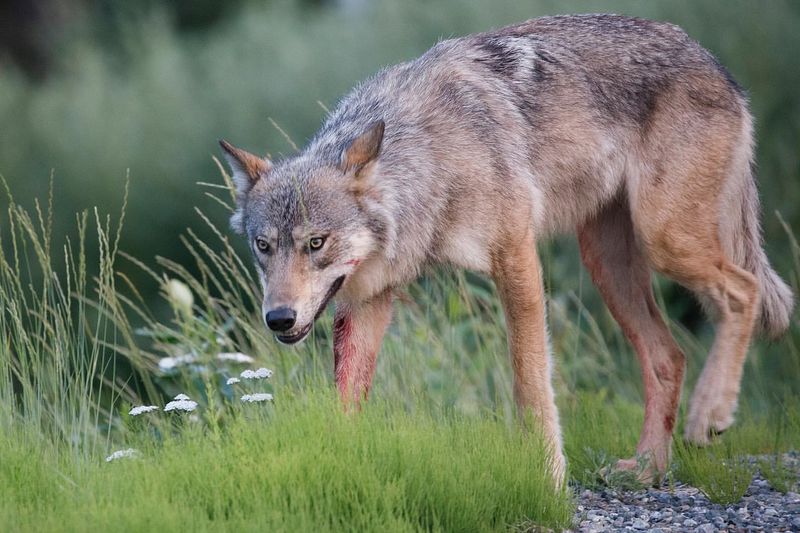
Yukon wolves are known for their intelligence and social structure, making them a remarkable presence in the tundra.
They live in complex packs, led by a dominant pair, with coordinated communication through vocalizations and body language.
These wolves rely on their strong teamwork for hunting large prey like caribou, using their well-developed pack dynamics.
Their thick fur and sturdy paws help them survive in the cold tundra and navigate the snow.
15. Arctic Bison
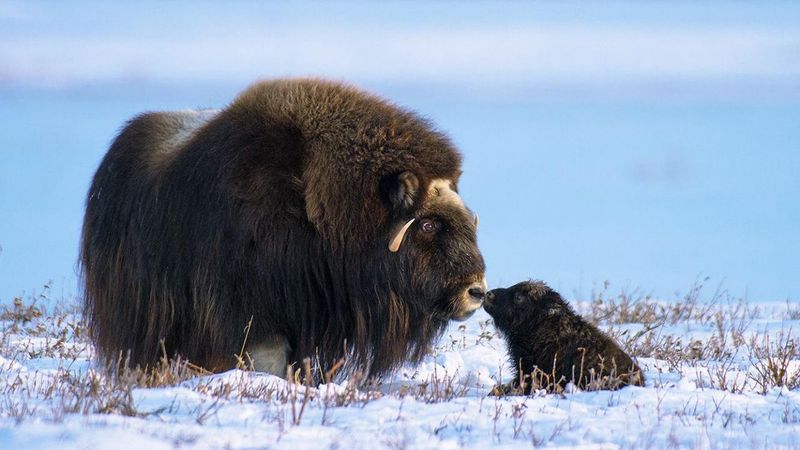
The Arctic Bison thrives in the cold tundra, with a thick coat that keeps it warm in freezing temperatures. Its large hump stores fat, helping it survive when food is scarce.
These bison travel in herds for protection against predators and feed on grasses and sedges they dig from under the snow.
During winter, they may migrate to warmer areas but generally stick to the tundra.
16. Wolverine
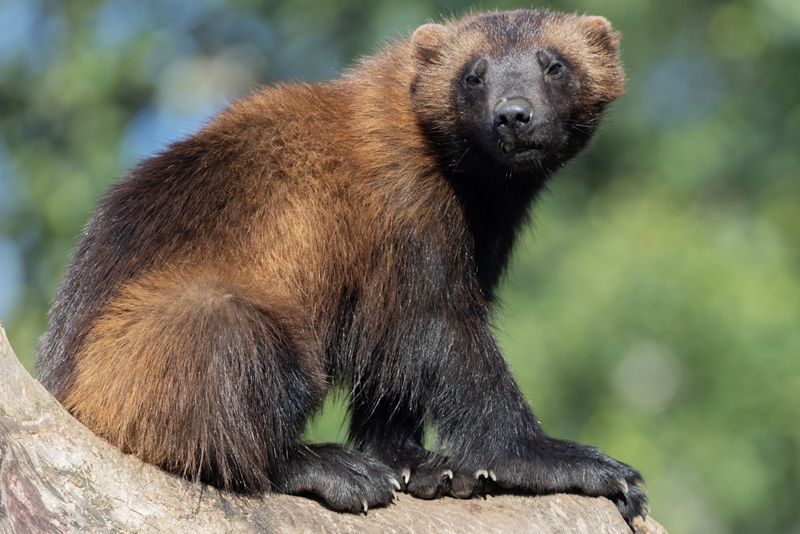
The wolverine is a solitary, fierce predator with a reputation for strength. Known to take on prey much larger than itself, it’s both a predator and a scavenger.
Its thick, oily fur and wide feet help it navigate the cold tundra and deep snow.
Wolverines are opportunistic eaters, feasting on small mammals, carrion, and even berries.
Covering vast territories, wolverines roam hundreds of square kilometers in search of food. Their expansive behavior plays a key role in the ecological balance of the tundra.

